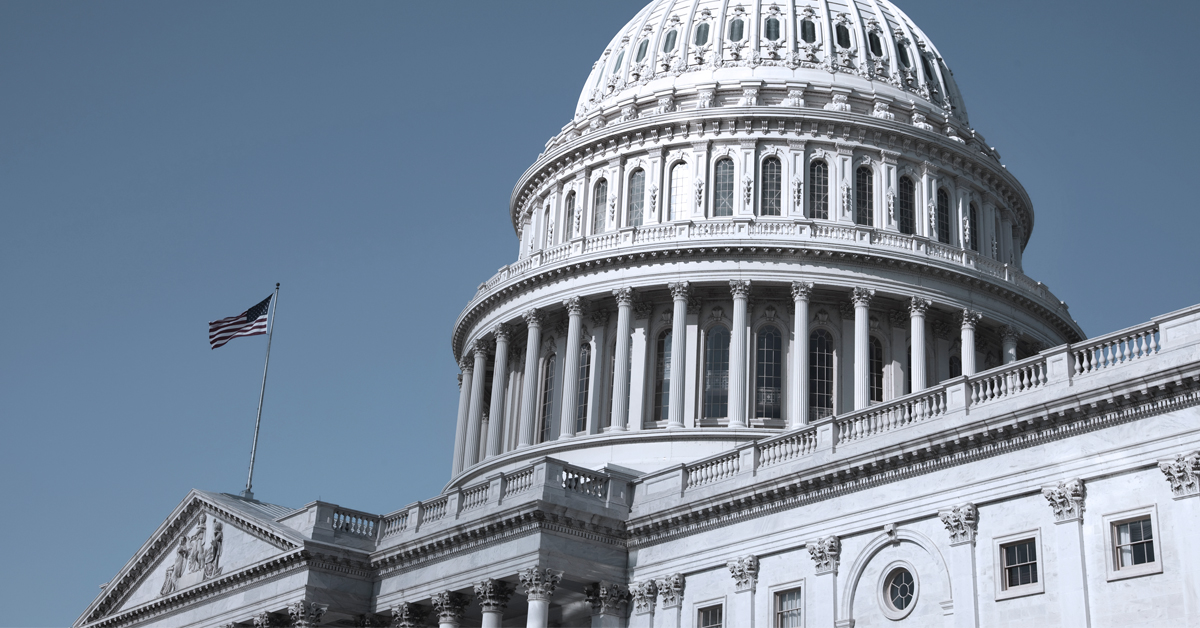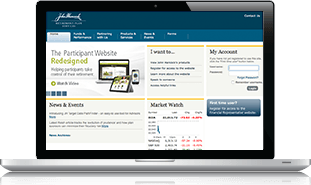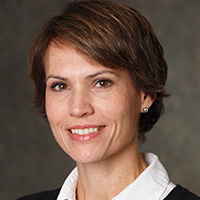Viewpoints about 401(k) fees and testing
-

How SECURE 2.0 changes RMDs, catch-up contributions, and Roth
SECURE 2.0 uses two key elements of qualified plans to make saving easier for preretirees and retirees. Learn which rules have changed and what they mean for your plan and participants.
Read more -

Four important new rules for Roth in SECURE 2.0
SECURE 2.0 uses four provisions focused on Roth. We’ve compiled our key takeaways from SECURE 2.0 for Roth IRAs and workplace plans.
Read more -

What are the long-term part-time rules under SECURE and SECURE 2.0?
The SECURE Act of 2019 contains a provision regarding long-term part-time employees that plans will need to consider this year, and the SECURE 2.0 Act of 2022 modified the rule. We’ll help you sort through what it all means for your plan.
Read more -

What you need to know about SECURE 2.0 right now
We’ve compiled some of the key SECURE 2.0 provisions with the most urgent effective dates that retirement plan professionals should be aware of.
Read more -

A SECURE 2.0 summary of provisions, purpose, and timing
SECURE 2.0 Act of 2022 was signed into law on December 29, with policy changes that will affect both the administrators of and participants in qualified retirement plans and IRAs. We’ve put together a guide to help you navigate the provisions that may matter most to you.
Read more -

SECURE 2.0 Act offers good news for retirement savers
The SECURE 2.0 Act passed on December 29, 2022. It provides new ways that employers, the federal government, and the retirement plan industry can help Americans save more for retirement. Here are a few of the ways it can help you save more.
Read more -

The basics of the 401(k) coverage test
The 401(k) coverage test is one of the nondiscrimination tests plan sponsors must perform each year to keep their plan compliant. Find out what’s involved in completing this test.
Read more -

A guide to 408(b)(2) fee disclosures for retirement plan sponsors
ERISA Section 408(b)(2) stipulates that covered service providers must disclose information about their services and fees in writing to the plan’s fiduciaries. And as a fiduciary, you must evaluate the disclosures and determine whether the cost of services provided by the plan’s CSPs is reasonable.
Read more -

What you need to know about new comparability plans
Qualified retirement plans that offer customizable contribution levels can be a good fit for many small businesses.
Read more -

What’s a 401(k) employee census for?
Current census data allows your plan recordkeeper to connect directly with your participants.
Read more




